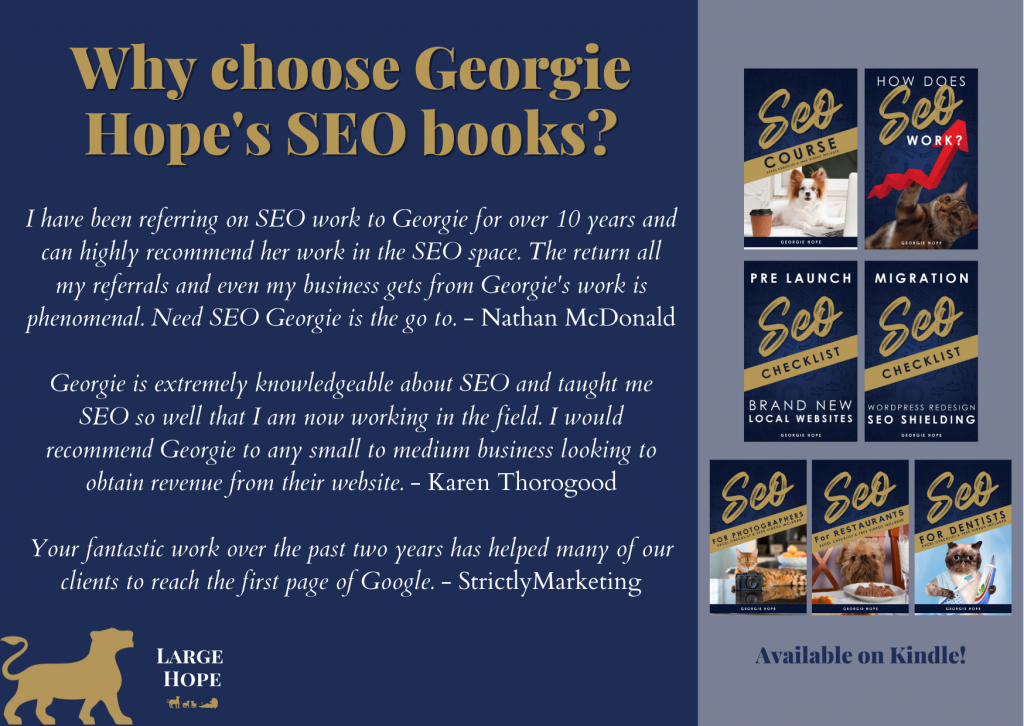The first question you should ask is “What is the best form of communication for this client?”.
In our technology-reliant society, where online reviews can make or break a business, small business owners have to be more careful than ever to offer above-and-beyond customer service.
Dealing with customers (and potential customers) over the phone can be difficult because you can’t see each other. You can’t use body language to tell how a customer is feeling, and they can’t see the big customer-service-smile on your face. Although hopefully, they can hear it. Video chat software such as Zoom enables the use of more senses in communication, but you don’t always have the customer’s phone number, or they may not have time to Zoom.
Email or text can be a faster way to communicate if you have someone’s email or phone number, but it’s easy to misinterpret what someone is saying over text.
Webchat can be very convenient for customers and save everyone time. It makes it easy to share links and direct people to documents to read. Facebook Messenger chat and the new Google My business chat are also great examples. But how can you be across all these channels as a small business? To give your customers the best experience possible, pick a few of these that best suits your customers. Do a survey if you’re unsure.
Here are five tips for improving your business’s communication:
…
1. Speak clearly, slowly, and avoid slang/jargon on the phone
We’ve already mentioned that phone customer service is difficult because it relies solely on voice, so the first step to improving phone communication is making sure you’re speaking in a way callers can easily understand. Remember, in this situation, you’re likely an expert on your business, and they aren’t!
You might be tempted to talk quickly to get the customer off the phone, but this isn’t helpful. Instead, make an effort to ensure sure your communication is slow and clear.
Avoiding slang or jargon is another important aspect of this point. If you’re talking to a potential customer using words only an expert in your industry knows, they probably won’t understand you. Similarly, too much slang may confuse callers, especially if they aren’t part of the same demographic you are, or if English is their second language.
2. Use the best equipment
If you’re using a mobile that keeps cutting out because you have no reception, or your phone has a bad speaker, customers will become irritated quickly. In their eyes, there’s no excuse for that! With technology advancing at a rapid pace, there are now many different types of equipment available for all sorts of budgets and needs.
Use a headset with good speakers/microphone for a high-quality call, and to keep your hands free. Also, have a computer by your phone for easy access to information/booking systems.
Get a professional phone number and answering machine. A business landline number makes your company look more trustworthy, and having a professional answering machine in case you miss a call allows the client to feel heard even if you didn’t answer. If you’re a bigger company with different phone tellers for different types of queries, have an automated system that directs the customer straight to the relevant department/person.
If you are using Webchat or Messenger chats, make sure you have a good internet connection and fast website hosting.

3. Keep the conversation short
Don’t ramble and waste the customer’s time – they probably want the communication to end as soon as possible. This may seem like conflicting advice, after saying not to rush to get the customer off the phone, but you should also make sure you’re not keeping them on the phone or Zoom longer than they need to be.
One way to do this on the phone or on chat is to have a script ready for frequently asked questions, so you can answer queries quickly without having to look anything up. If many of your phone calls are regarding bookings, you can also have booking systems set up to make the process as fast and easy as possible.
If you anticipate the phone or Zoom call being longer and more important (i.e. talking to a potential client), it might be worth booking them in for an appointment when you can give the caller your full attention, while establishing a specific time frame.
4. Make the customer feel like your #1 priority
Be professional, friendly, polite, helpful, and answer their queries with patience. If you sound bored or impatient, your customer may become upset.
Even if they’re a difficult customer from the start, you always have a chance to turn them around. If you are not on Zoom and unable to rely on facial expressions and body language, things sometimes get lost in translation. You should reassure the customer that you’re actively listening to them and want to help with their enquiry.
You must keep a friendly tone at all times – the customer should be able to hear you smiling! – and never lose patience.

5. Ask the customer
If you have repeat customers that you need to communicate with, ask them how they like to communicate. It is up to you to adjust to what they want or help them find another provider.
If they only want to talk on phone and you are partially deaf (or just hate talking on the phone) then maybe they are not your ideal client. There are plenty of people who hate talking on the phone and would prefer written communication. Make that a selling point of your business and attract the right clients in the first place.
If you only have their email address, email them and ask how they want to be communicated with. If they say phone or text, ask them to provide those details.
…
Would you be interested in a system that enables you to receive your text messages, Facebook messages, Google My Business chats, and Web Chats all in one place? This makes it much easier to communicate with your clients in a way that suits them. Contact us if you are interested.
…

 seolounge
seolounge